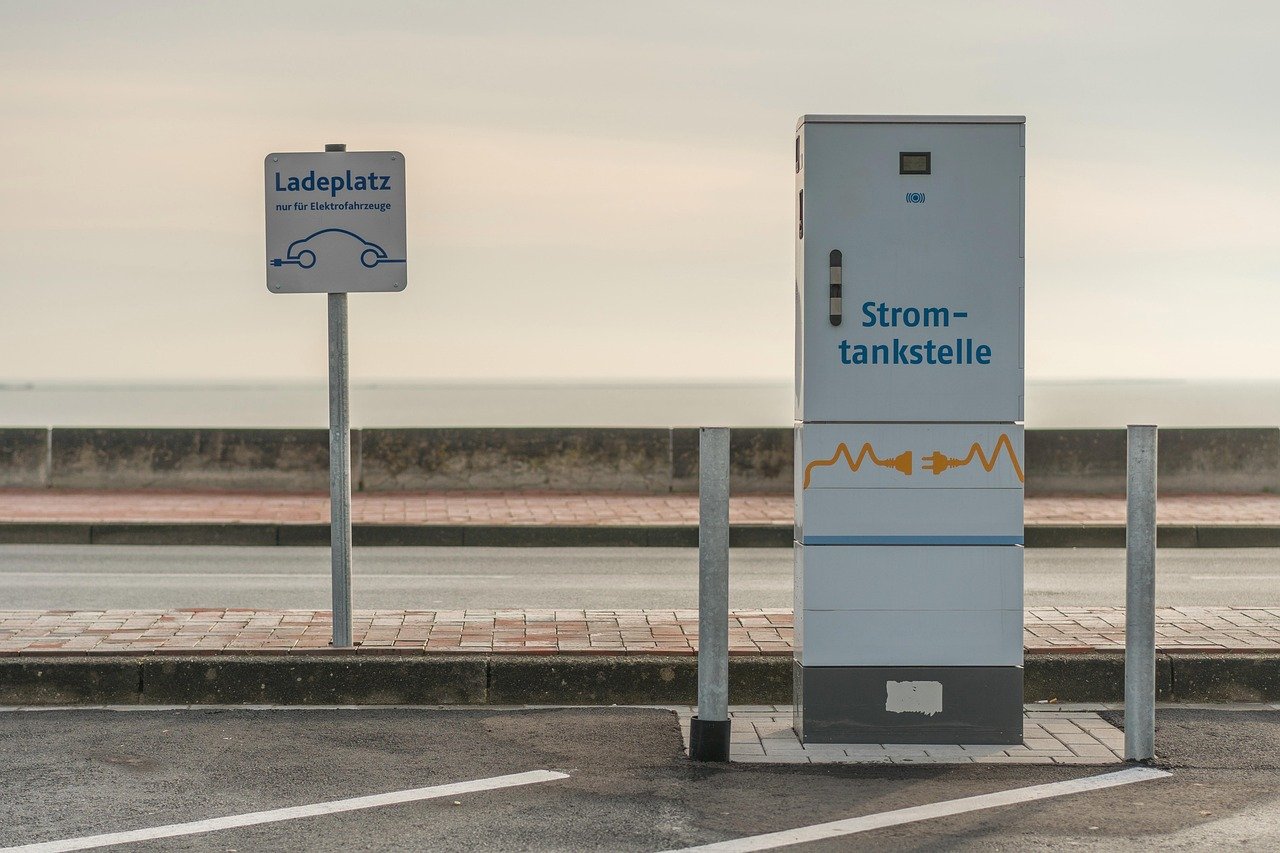Retargeting ads: Have you ever browsed a website, considered a product, and then suddenly started seeing ads for that exact product everywhere you went online? That’s the magic (or some might say persistence) of retargeting. It’s a powerful digital marketing technique that allows businesses to re-engage with potential customers who have already shown an interest in their products or services. This blog post will delve into the world of retargeting, exploring its benefits, strategies, and how to implement it effectively to boost your conversions.
What is Retargeting?
Understanding the Basics
Retargeting, also known as remarketing, is a form of online advertising that targets users who have previously interacted with your website, app, or social media content. It works by placing a small piece of code (usually a pixel) on your website, which tracks visitor behavior. When these visitors leave your site and browse other websites, social media platforms, or use apps, your ads can then be displayed to them, reminding them of your brand and encouraging them to return and complete a purchase or desired action.
Why Retargeting Matters
Retargeting is essential because it addresses a common problem: most website visitors don’t convert on their first visit. They might be browsing, researching, or simply not ready to buy yet. By re-engaging these visitors, you can:
- Increase brand awareness: Repeated exposure to your brand reinforces your message.
- Drive conversions: Remind potential customers of the value you offer and encourage them to complete a purchase.
- Improve ROI: Target users who are already interested in your products or services, increasing the likelihood of a conversion.
- Personalize the customer journey: Tailor ads based on specific actions visitors took on your website.
- Reduce cart abandonment: Remind customers of items left in their shopping carts.
Types of Retargeting
Pixel-Based Retargeting
Pixel-based retargeting, the most common type, uses cookies to track website visitors. Here’s how it works:
- Example: A user visits an online shoe store and views a pair of running shoes. Later, while browsing a news website, they see an ad for those same running shoes.
List-Based Retargeting
List-based retargeting involves uploading a list of customer email addresses or phone numbers to an advertising platform like Facebook or Google Ads. The platform then matches these lists to user accounts and displays targeted ads.
- Example: A customer signs up for your email newsletter but hasn’t made a purchase. You upload your email list to Facebook and create ads specifically targeting these subscribers with a special offer.
Dynamic Retargeting
Dynamic retargeting takes personalization a step further. It shows users ads featuring the specific products or services they viewed on your website, even if they didn’t add them to their cart.
- Example: A user browses several different cameras on your website. Later, they see an ad carousel showcasing those exact cameras, complete with prices and descriptions. This is often employed by e-commerce sites with large catalogs.
Crafting Effective Retargeting Campaigns
Segmentation and Targeting
Effective retargeting isn’t just about showing ads to everyone who visited your website. It’s about segmentation and tailoring your message to specific groups based on their behavior. Consider these factors:
- Website sections visited: Target users who visited specific product categories or service pages.
- Time spent on site: Target users who spent a significant amount of time browsing your website.
- Actions taken: Target users who added items to their cart but didn’t complete the purchase.
- Customer list segments: Segment your email list based on demographics, purchase history, or engagement.
Ad Creative and Messaging
Your retargeting ads should be visually appealing, relevant, and persuasive. Here are some tips:
- Use high-quality images or videos: Capture attention and showcase your products or services.
- Personalize your message: Tailor the ad copy to reflect the user’s previous interaction with your website. For example, mention the specific product they viewed.
- Include a clear call to action: Tell users what you want them to do, such as “Shop Now,” “Learn More,” or “Claim Your Discount.”
- Offer incentives: Consider offering a discount, free shipping, or other incentives to encourage conversion.
- Address objections: Anticipate potential concerns and address them in your ad copy.
Frequency Capping and Burn Pixels
Avoid overwhelming potential customers with too many ads. Implement frequency capping to limit the number of times a user sees your ads within a given time period. A good starting point is 3-5 impressions per day.
Also, use burn pixels to stop showing ads to users who have already converted. This helps you avoid wasting ad spend and provides a better user experience. For example, if a user completes a purchase, the burn pixel will prevent them from seeing retargeting ads for the same product.
Measuring and Optimizing Your Campaigns
Key Metrics to Track
Track these key metrics to gauge the effectiveness of your retargeting campaigns:
- Click-through rate (CTR): The percentage of users who click on your ads.
- Conversion rate: The percentage of users who complete the desired action (e.g., purchase, sign-up).
- Cost per acquisition (CPA): The cost of acquiring a new customer through your retargeting campaigns.
- Return on ad spend (ROAS): The revenue generated for every dollar spent on retargeting ads.
- View-through conversions: Conversions that occur after a user sees your ad but doesn’t click on it.
A/B Testing and Iteration
Continuously A/B test different elements of your retargeting campaigns to optimize performance. This could include:
- Ad creative: Test different images, videos, and ad copy variations.
- Targeting criteria: Experiment with different audience segments.
- Bidding strategies: Try different bidding methods to maximize ROI.
- Landing pages:* Ensure your landing pages are optimized for conversions.
By regularly analyzing your data and making adjustments, you can improve your retargeting campaigns and achieve better results.
Conclusion
Retargeting is a powerful tool for re-engaging potential customers and driving conversions. By understanding the different types of retargeting, crafting effective campaigns, and continuously measuring and optimizing your efforts, you can significantly improve your ROI and achieve your marketing goals. Remember to focus on personalization, relevance, and providing a seamless user experience. Implement the strategies outlined in this guide, and you’ll be well on your way to retargeting success.



